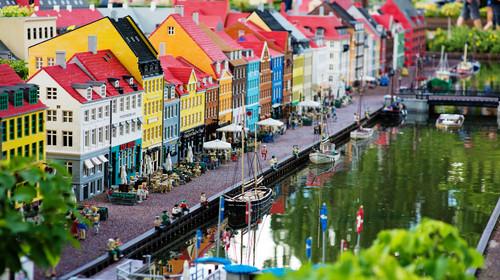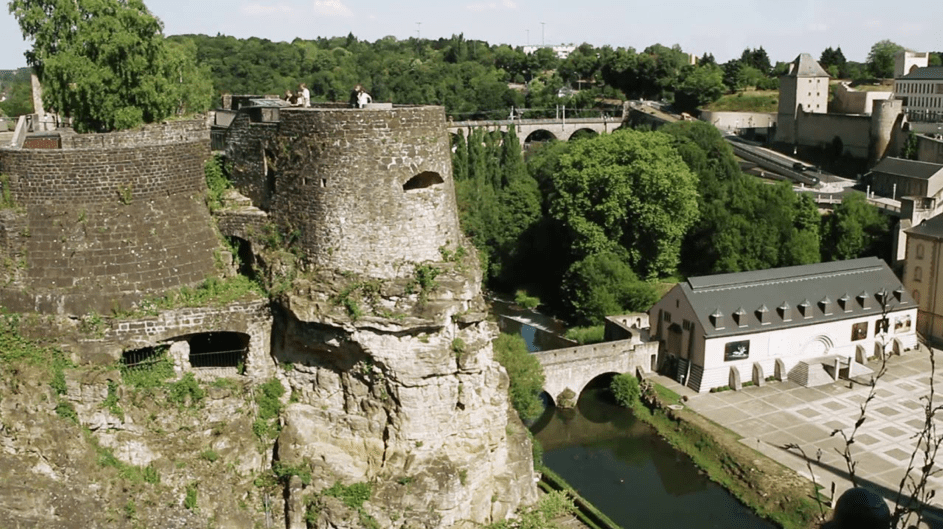A UNESCO World Heritage site, the first underground tunnel was built in 1644 during Spanish rule. The 23-kilometer-long gallery was expanded just 40 years later by French military engineer and fortress builder Vauban, and further expanded by the Austrians in the 18th century. The underground defense passages are placed at different heights and extend down to 40 meters. It is these impressive defensive works that earned Luxembourg the nickname 'Gibraltar of the North'.
It is also known as 'the most beautiful balcony in Europe' (according to Luxembourg writer Batty Weber), running along the Alzette Valley fortifications (built by the Spanish and French in the 17th century) from the Bock promontory to a part of the lower Holy Ghost Citadel, the so-called 'Rondellen'.
Neumünster Abbey Cultural Center
During the war between King Francis I of France and Emperor Charles V of Germany, the old Benedictine Abbey of Altmünster was destroyed in 1542. As a result, the Benedictine monks established a new abbey church in the suburb of Grund. Neumünster Abbey consists of a church and four wings, surrounding an inner courtyard.
Rham Plateau
In the past, people lived on this plateau, which was washed by the Alzette at three high points. After the 15th century, the third ring connected it to the protected part of the city. At the end of the 17th century, under French rule, Vauban established four barracks, which have housed social institutions since the 19th century. From the front of the Rham Plateau, visitors can admire the military buildings and fortifications of the Holy Spirit Plateau and the magnificent view of the so-called Corniche.











